
In 1070 the Pope ordered the Normans to do penance for killing so many people during their conquest of England. So William the Conqueror vowed to build an abbey where the Battle of Hastings had taken place, with the high altar of its church on the supposed spot where King Harold fell in that battle in October 1066. The church was finished in about 1094.
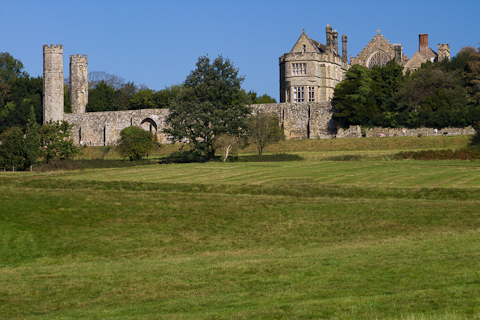
Although there was further English resistance, this battle is seen as the point at which William gained control of England, becoming its first Norman ruler as King William I. The battle also established the superiority of the combined arms attack over an army predominately composed of infantry, demonstrating the effectiveness of archers, cavalry and infantry working cooperatively together.

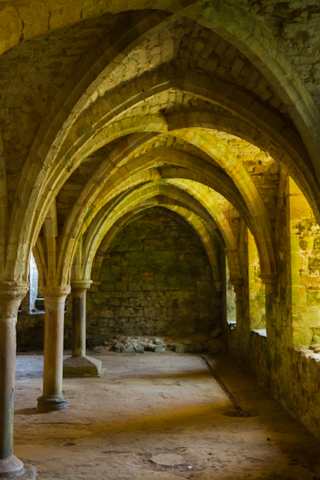

Henry VIII destroyed the church itself during the Dissolution of the Monasteries between 1536 and 1541. Originally the alter was on the spot King Harold was killed. Today there is a plague commemorating the spot.
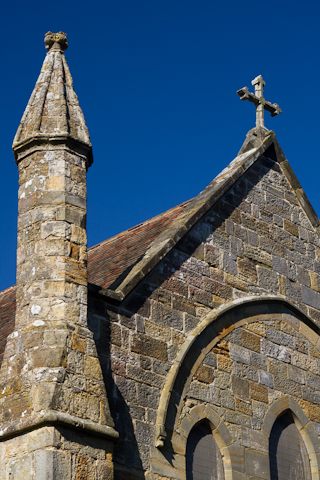
The small cemetery with old tombstones was interesting - time had almost removed any writing on the headstones.
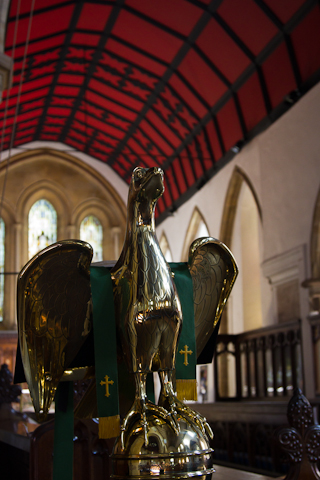

The white cliffs of Dover from the walls of the Dover Castle.
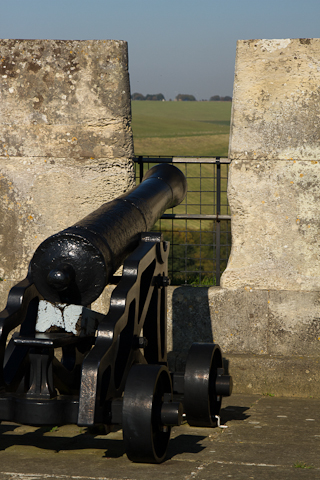
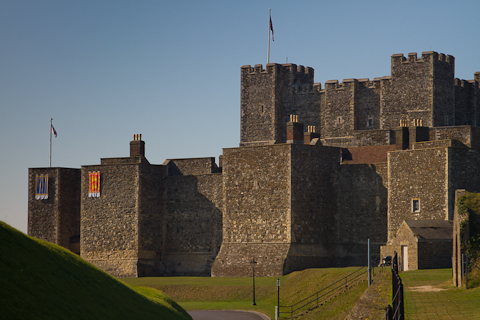


From 1066 Dover Castle was garrisoned uninterruptedly until 1958, a continuous nine-century span equaled only by the Tower of London and Windsor Castle.

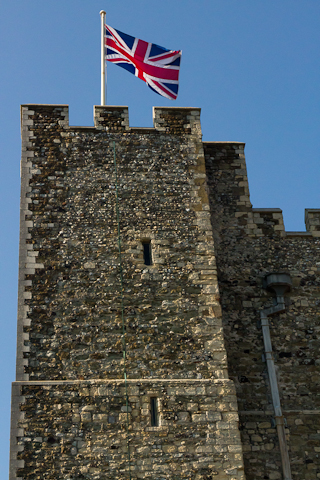
Dover Castle is a great medieval fortress, created by King Henry II and his successors. At its heart stands the mighty keep or Great Tower, 83 feet high and just under 100 feet square, with walls up to 21 feet thick. The grandest and among the last of the keeps raised by the kings of England during the 11th and 12th centuries, it was designed by architect Maurice the Engineer and built between 1180 and 1185.



While in the Dover Castle I toured the Princess of Wales's Royal Regiment Museum. The museum is housed in a long wing of the castle walls. A great museum with many exhibits tracing the long linage of the unit. It is the most senior English line infantry regiment. The current regiment was named in honor of Diana, Princess of Wales.
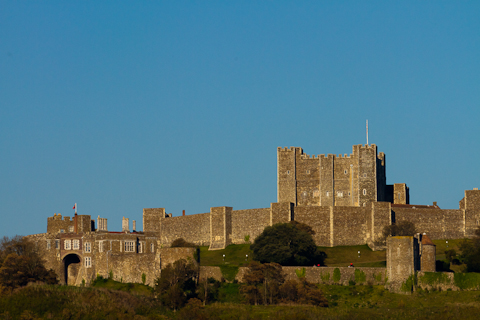
From Dover a long ride back to the hotel and a quiet dinner with Virginia Ann at the hotel.